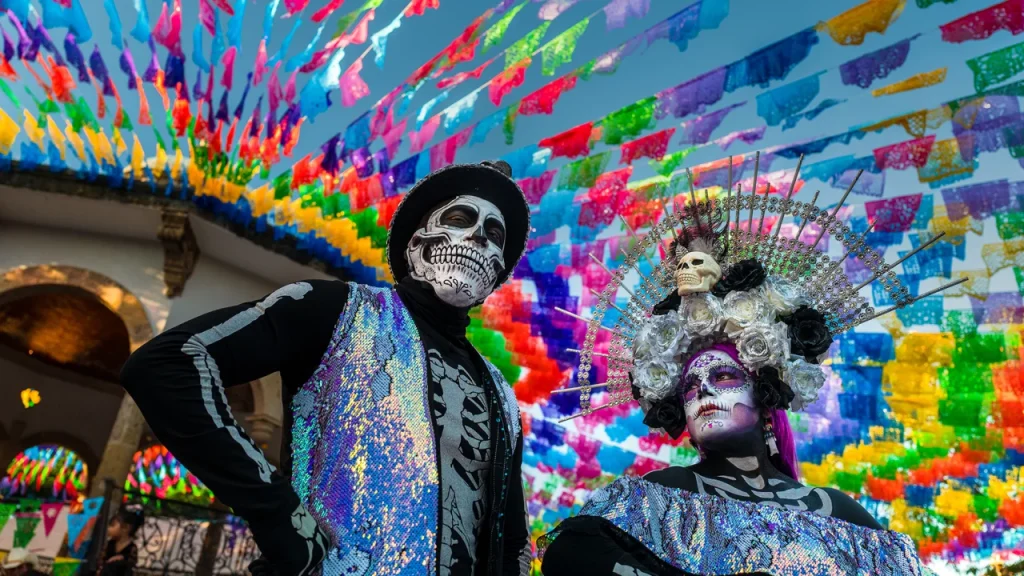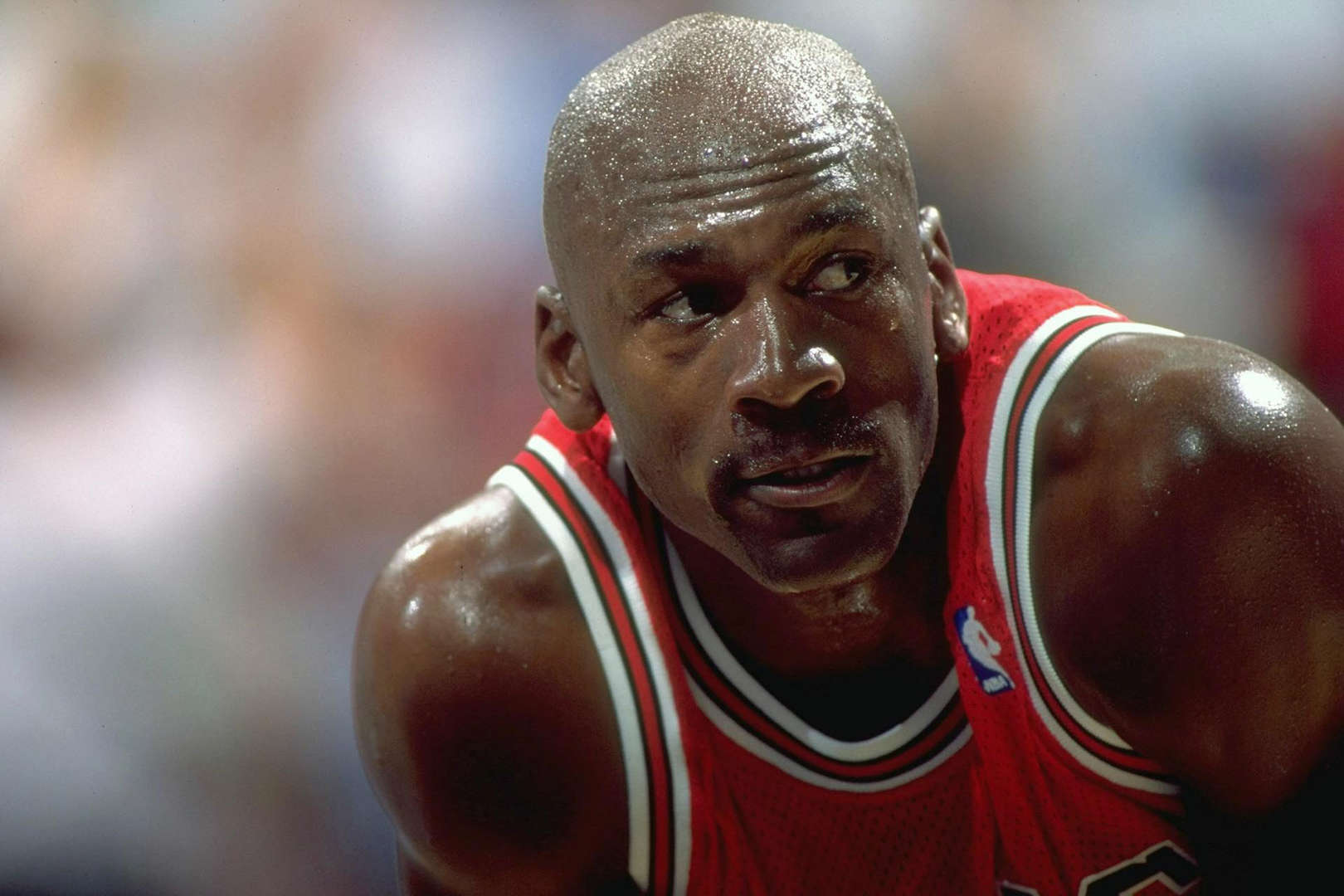The Day of the Dead, or Día de los Muertos, is a deeply-rooted Mexican tradition that represents a unique blend of Mesoamerican, Christian, and Spanish customs.
It is an event of profound cultural significance, where families remember their deceased loved ones and celebrate their lives.
This article takes a deep dive into the fascinating traditions associated with the Day of the Dead, unveiling the cultural significance and symbolism behind Mexico’s iconic festival.
Contrary to common misconceptions, the Day of the Dead is not a Mexican version of Halloween. Instead, it is a vibrant and moving celebration of life and death.
The festival, recognized by UNESCO as an Intangible Cultural Heritage of Humanity, takes place from October 31 to November 2.
The Day of the Dead is a time when families create altars, known as ‘ofrendas,’ in their homes to honor their departed loved ones. These ofrendas are adorned with a myriad of symbolic elements, each with a specific meaning and purpose.
Marigold flowers, or ‘cempasúchil,’ are a vital part of the ofrenda. Their bright color and strong aroma are believed to guide the spirits back to the world of the living.
Additionally, the ofrendas are decorated with photographs, favorite foods, drinks, and personal belongings of the deceased to welcome their spirits back home.
Another significant element of the Day of the Dead are the sugar skulls, or ‘calaveras.’ These colorfully decorated skulls are a reminder of the cyclical nature of life and death, and they often bear the names of the departed.
The Day of the Dead is also marked by the iconic ‘calaca’ or skeleton figure. This figure, often depicted in a jovial and festive manner, symbolizes the acceptance and humor with which Mexicans view death.
The Day of the Dead is a communal celebration that brings together entire communities. Parades, music, dances, and traditional foods like ‘pan de muerto,’ a special type of sweet bread, are customary during the festival.
In essence, the Day of the Dead is a poignant celebration that embraces the cycle of life and death. It is a time of remembrance, reflection, and celebration, where death is not feared but accepted as a natural part of life.











Pingback: 15 Things You Didn't Know About Michael Jordan - Esbecgroup
Pingback: How To Avoid Bad Sex, According To Professionals - Esbecgroup
Pingback: Breakthrough as police arrest suspect in Harrismith mother-son shooting - Esbecgroup
Pingback: New tourism circuits unveiled to showcase Kenya's hidden gems - Esbecgroup
Really wonderful info can be found on site.Blog money
Pingback: The Resurgence of Vinyl - Esbecgroup